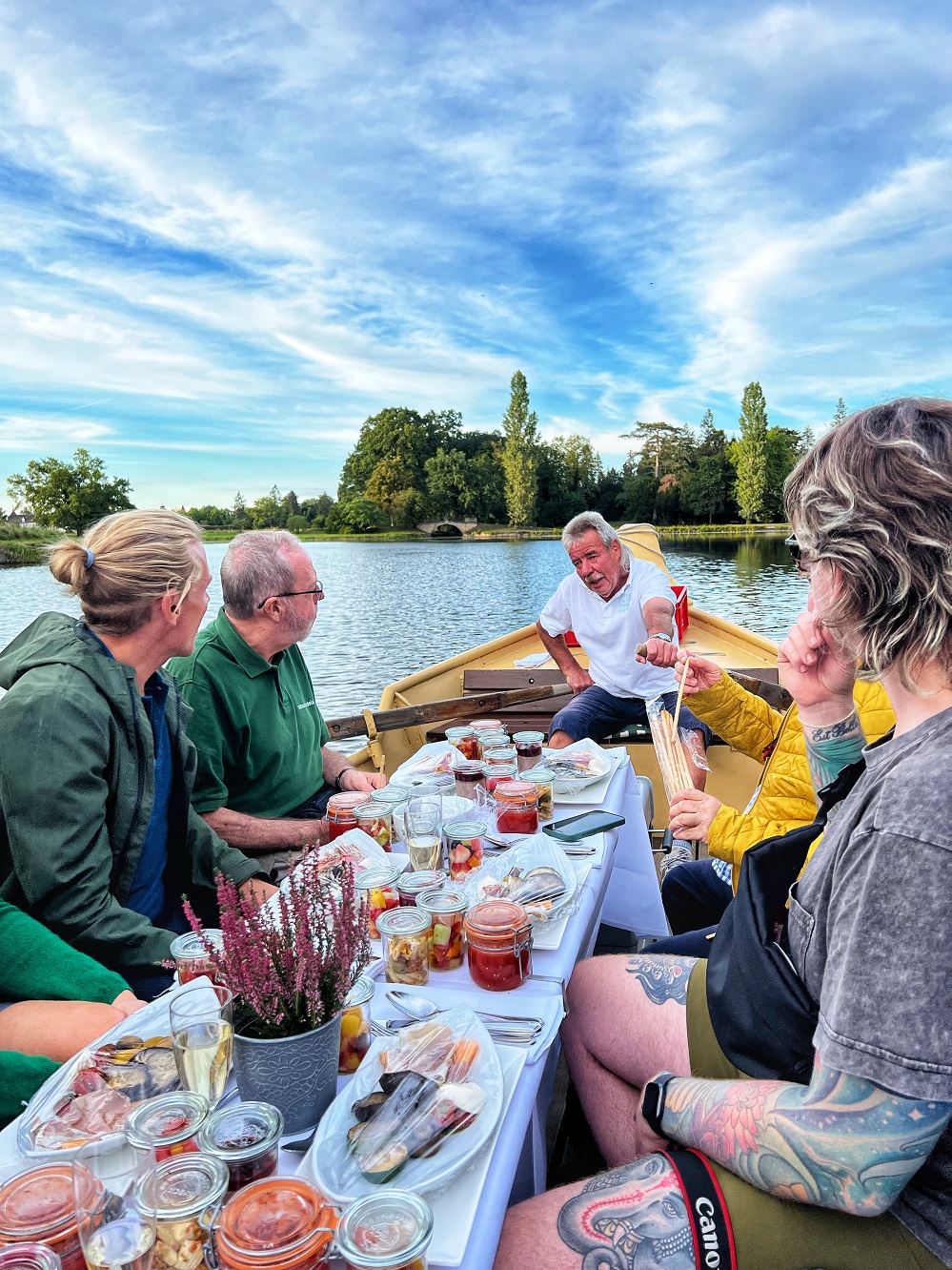It isn’t easy to find a wind-up to the list of Saxony-Anhalt wonders. In supplement to plenty of UNESCO World Heritage, this German state bids picturesque cities, environmental landscapes to fall in love with, decadent food and affable people. Here is my favourite list.
THE MIDDLE ELBE BIOSPHERE RESERVE
The immaculate river Elbe, also the third longest river in Germany is truly one of a kind. What makes it stand out is the fact that, it is not only an excellent source of nutrition for living beings but is an environmental habitat and a manoeuvrable water channel as well. This magnificent river wanders in a ribbon like manner through and through the biosphere, hence the name the Middle Elbe Biosphere reserve.
The first ever biosphere reserve in the country to be elected by UNESCO in the year 1979. The Elbe River makes its course through the federal region of Saxony – Anhalt covering picturesque forests and fields, an enormous floodplain and big and small cities across. This natural reserve aims in creating environmental upgradations in the province. It is home to diverse flora and fauna including, the extravagant Capricorn beetle and the rare Water Caltrop. The national animal of Germany, the Elbe beaver, nearly exterminated in the previous century has at last found a secure shelter for itself in this nature driven sanctuary. The protection of the beaver has been a major initiative, since the animal has been desired by mankind for its glands and fur. It is now completely protected under law by the government. The reserve has been responsible for building new beaver sanctuaries and a significant improvement in the beaver population.

I got the opportunity to visit the Auenhaus during my visit here. The Auenhaus is an information centre run by the reserve for visitors. During your stopover, you can get an insight into the landscape and the native species that are abundant in the space out here as well as an understanding of why the Middle Elbe reserve is such an important project for the community. This centre currently displays a brand-new exhibition pavilion, which is super interactive, for both adults and children. The biosphere is segregated into three major sustainable zones significantly, the first being the core zone, where nature is left untouched by man, that area accounts for a total of about 3% of the natural reserve. The second being the caring zone, this refers to safeguarded areas, where water and land usage is monitored and controlled, people visiting this zone have to stick to allocated pathways. The third and final one being the development or the transition zone, this deals with areas which currently are not equipped with a protection status and parts of land which have been over used, which can now serve a greater role for tourism, education, settlements etc.
THE DESSAU – WÖRLITZ GARDEN REALM
This magnificent landscape, nothing short of a fairy-tale also forms an important part of the biosphere. Situated inside the Elbe and Mulde floodplain, this garden realm was introduced by the Prince of Anhalt – Dessau (1760 and 1817). Historically speaking, it was the first ever English garden in central Europe. This magical realm has been a part of the reserve since the year 1988 and now it is recognized by UNESCO as a world heritage site.
The overall design is quite intriguing here as it boasts of different styles of architecture meddled around with nature. The principal parks, the parks of Mosigkau and Künhau and Georgium as well as of the Tiergarten, Luisium, Sieglitz- Park and the Wörlitz park are beautifully dispersed across these luscious meadowlands and offer visitors breath-taking views of a garden kingdom, highlighted by oak trees, sculptures, memorial stones, bridges and sculptures.
I opted to take a gondola ride in the evening alongside Lake Wörlitz during my visit here, and believe you me, it felt as if I was a part of an actual painting. The sky was characterized by different shades of pink and the environment around was emanate with charm and vivaciousness. Dinner too is served on the gondola and one can enjoy a romantic dinner by this stunning lake. What makes this place also unique, is the famous tolerance – view, created to promote humanitarian values. The cohabitation between a church and synagogue, by a line of sight can also be seen here.
Akanksha Dean is an independent chef & food & travel writer, content creator and an events specialist, is the first Indian to have trained at Osteria Francescana, in Modena, Italy, rated as the world’s best restaurant in the World’s 50 Best Restaurants, in 2016 and 2018 and currently in the Best of The Best Category.

